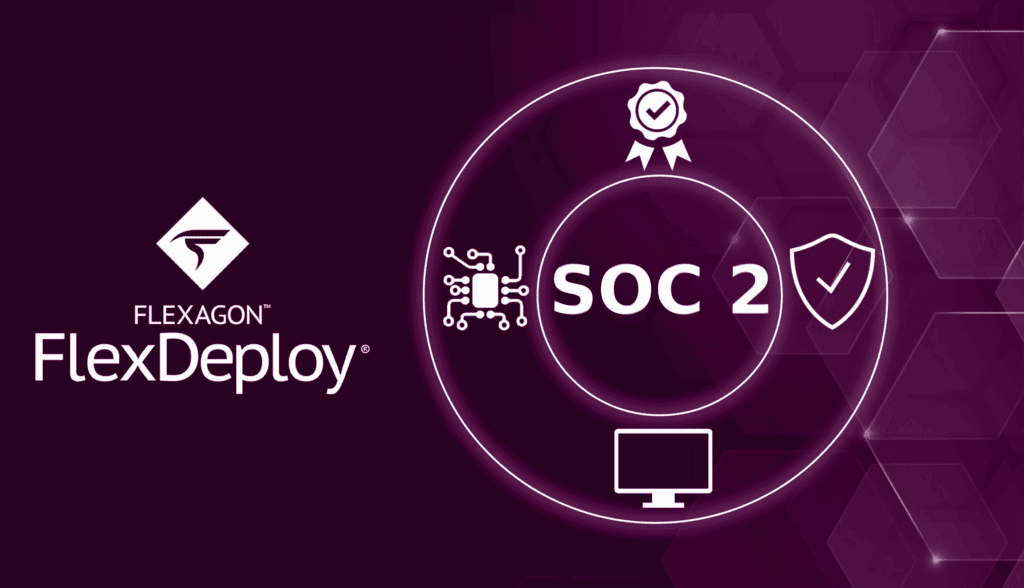The end of October brought us the largest conference for companies running Oracle: OpenWorld. We were at the conference in full force, and when we weren’t presenting sessions, we were attending presentations and talking with partners, attendees, and members of the Oracle team.
During it all, our team took notes on the biggest insights and takeaways that you’ll need from those sessions. Here are our top four insights and learnings from the week:
1. Customers are Seeing Success with Oracle Cloud Infrastructure
As expected, OpenWorld emphasized Oracle Cloud Infrastructure (OCI) and technologies such as Blockchain, AI/Machine Learning, and Robotics. Oracle touted the technology and cost benefits of running Oracle, open source, and other commercial workloads on OCI. Oracle is focusing on the functional, performance/scalability, security, and manageability benefits, not to mention the importance of cost.
Customer success stories support the claims, and we’re seeing the same focus from customers moving their technology to run in the cloud. Examples include E-Business Suite, JDE, and PeopleSoft from the Apps Unlimited space, and Middleware and Database running on OCI.
In addition to running traditional technology on OCI, Oracle is extending OCI with many services including for Containers, Bare Metal Database, and many others. Cloud Native applications are a key piece of the puzzle as well. The Oracle Partner ecosystem is lining up against this major push to leverage OCI.
2. Use of Oracle Platform as a Service is Growing
Oracle Platform as a Service (PaaS) has witnessed a surge in usage, with services such as the Oracle Integration Cloud (OIC), API Platform, and Autonomous Database gaining the most traction to date.
There were many customer case studies related to OIC and the API Platform, including complex and successful implementations by Rabobank, Co-op (Capgemini), and others who highlighted the value of an API led approach that used OIC for integration. In many cases, the OIC usage was SaaS to SaaS
Although there appears to be a reasonably large push for shifting Fusion Middleware such as SOA and WebLogic to the corresponding PaaS services, many customers and partners are choosing to use a hybrid approach and keeping on-prem middleware implementations while leveraging new PaaS services such as OIC and API when developing new interfaces.
For more details on Oracle Cloud, SaaS, and other focuses of OpenWorld 2018, download our full takeaways.
3. Containers and Microservices are Maturing
OpenWorld sessions and Hands on Labs related to Docker and Kubernetes topics were jam-packed. The strategic deployment platform for Weblogic is Kubernetes by means of K8s Operator, Prometheus and Grafana. However, Java Cloud Service and IaaS will also continue to be maintained. Next year the community will demand deeper content as organizations incorporate Docker and Kubernetes into their processes.
Microservices has also become a mature pattern; many organizations are talking beyond the theoretical and are sharing their real-life experience. Speakers recommended making thoughtful decisions while adopting microservices architecture and suggest considering both the pros and cons when it comes to performance, maintenance, API management, etc.
4. DevOps and Automation Trends are Becoming More Widespread
Automation was a consistent theme at OpenWorld through all layers of the technology stack. DevOps was highlighted often, with a focus on CI/CD and other approaches to ensure efficiency and speed for developers, administrators, and others involved in software development, delivery, and support.
More companies are undertaking strategic DevOps initiatives and some of them are struggling to get started. Manual deployments with procedures communicated via email is still very much prevalent, but a desire to automate is gaining momentum.
At our booth, we met many customers using Oracle EBS, PeopleSoft, JDE, Oracle Database & Fusion Middleware, but open source products like Docker, Kubernetes, Tomcat and WildFly are also very popular. We did not see Developer Cloud Service customers, which may indicate the need for a broader approach for CI/CD solutions in enterprises.
Moving into 2019: Stay Tuned for the Future of Weblogic, SaaS on Non-Oracle IaaS, the API Platform, and Integration Cloud
It will be interesting to see how WebLogic will run on top of K8s in real projects, specifically how it will cope with performance and scalability tasks. The Oracle API Platform and Integration Cloud are also gaining rapid momentum, so watch out for a huge step forward over the next year.
And, finally, we’ll likely get more information on some of our outstanding questions in 2019. We’re particularly interested to see if Oracle will break down and start supporting their SaaS on non-Oracle IaaS.



